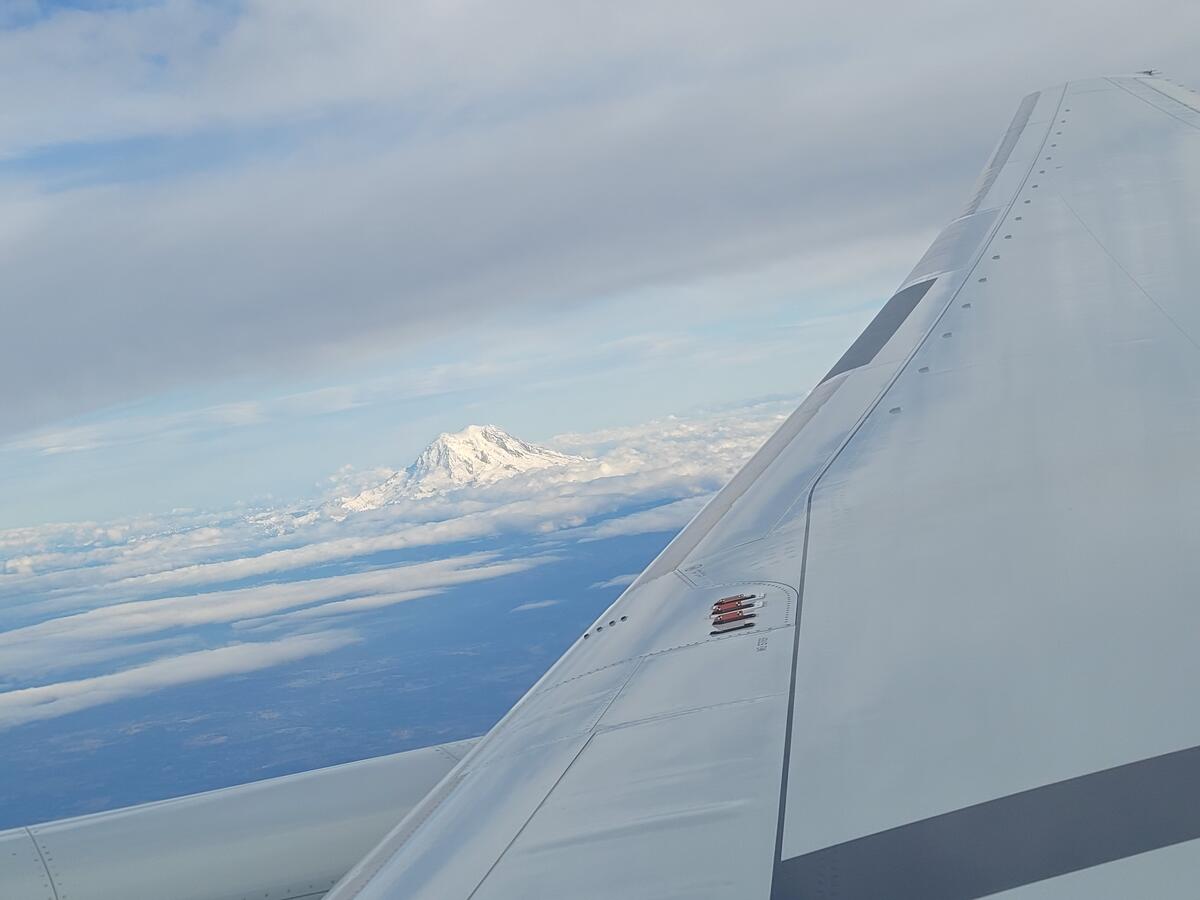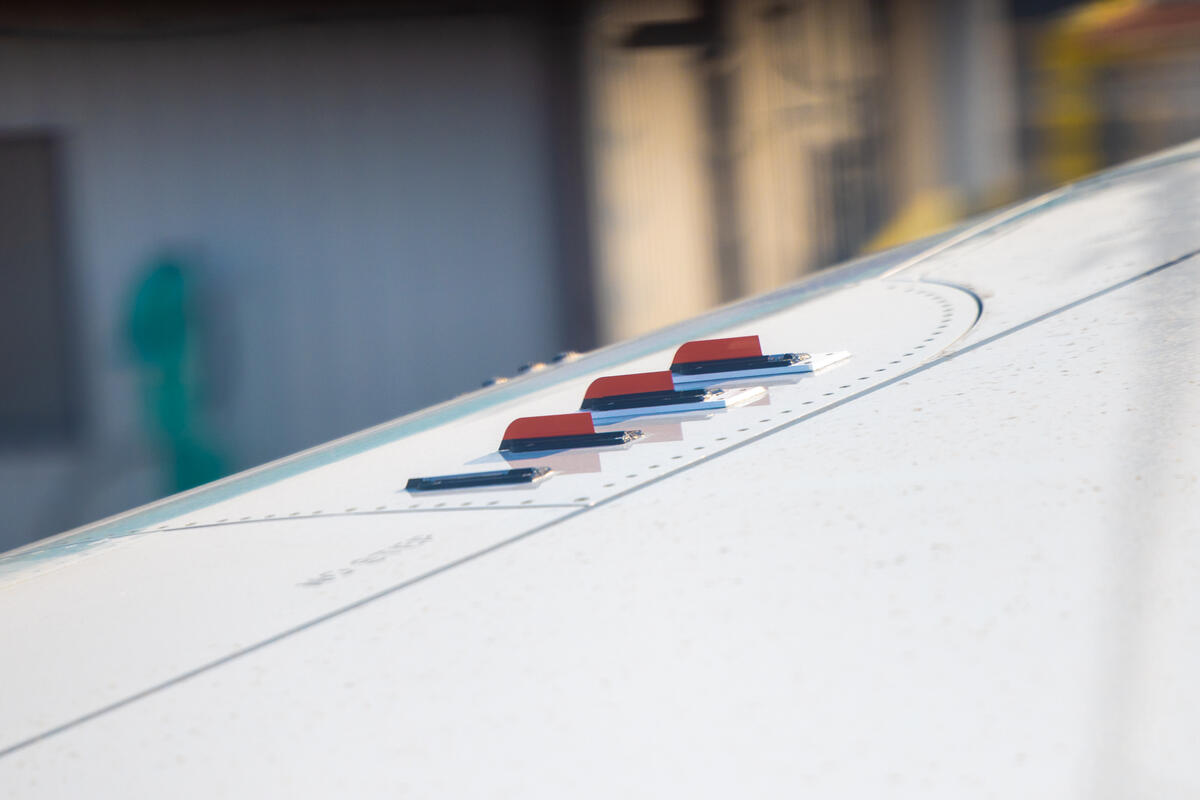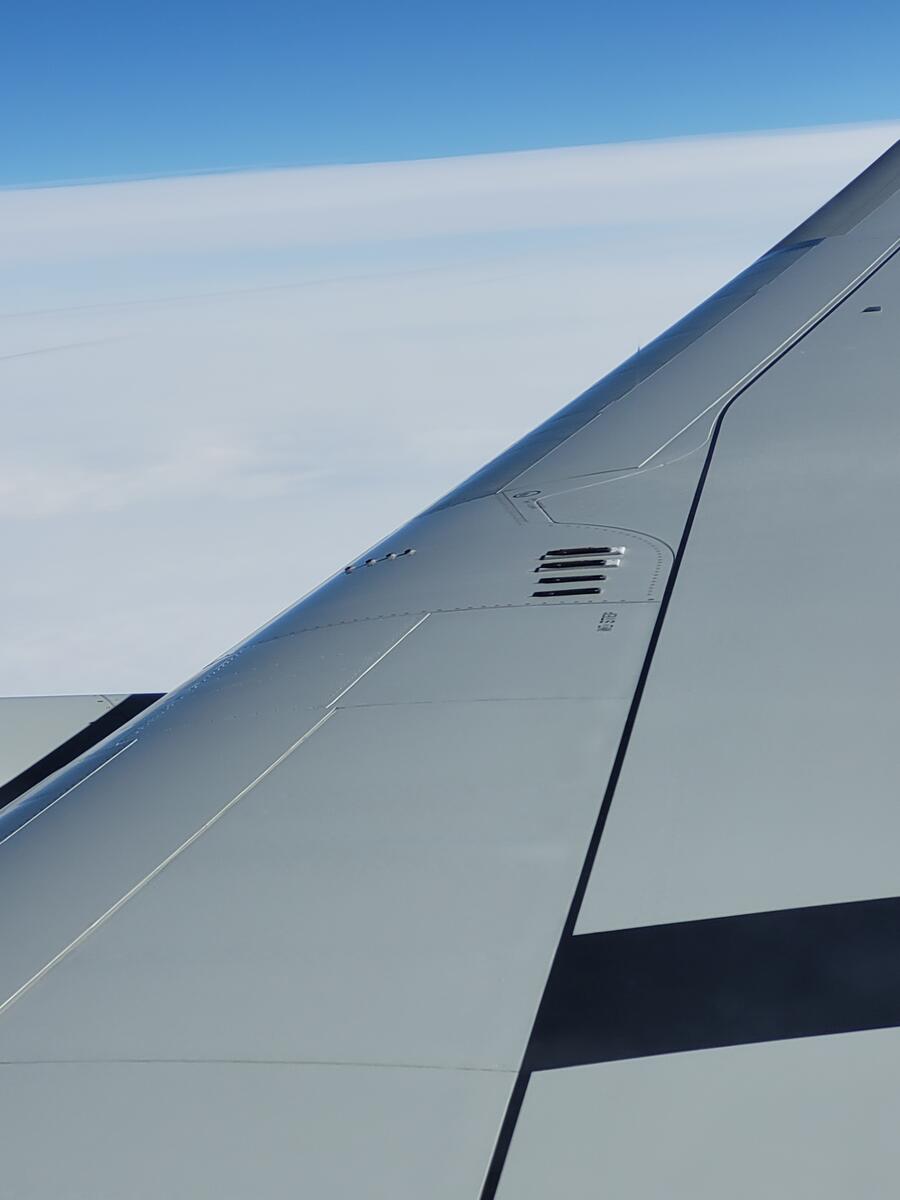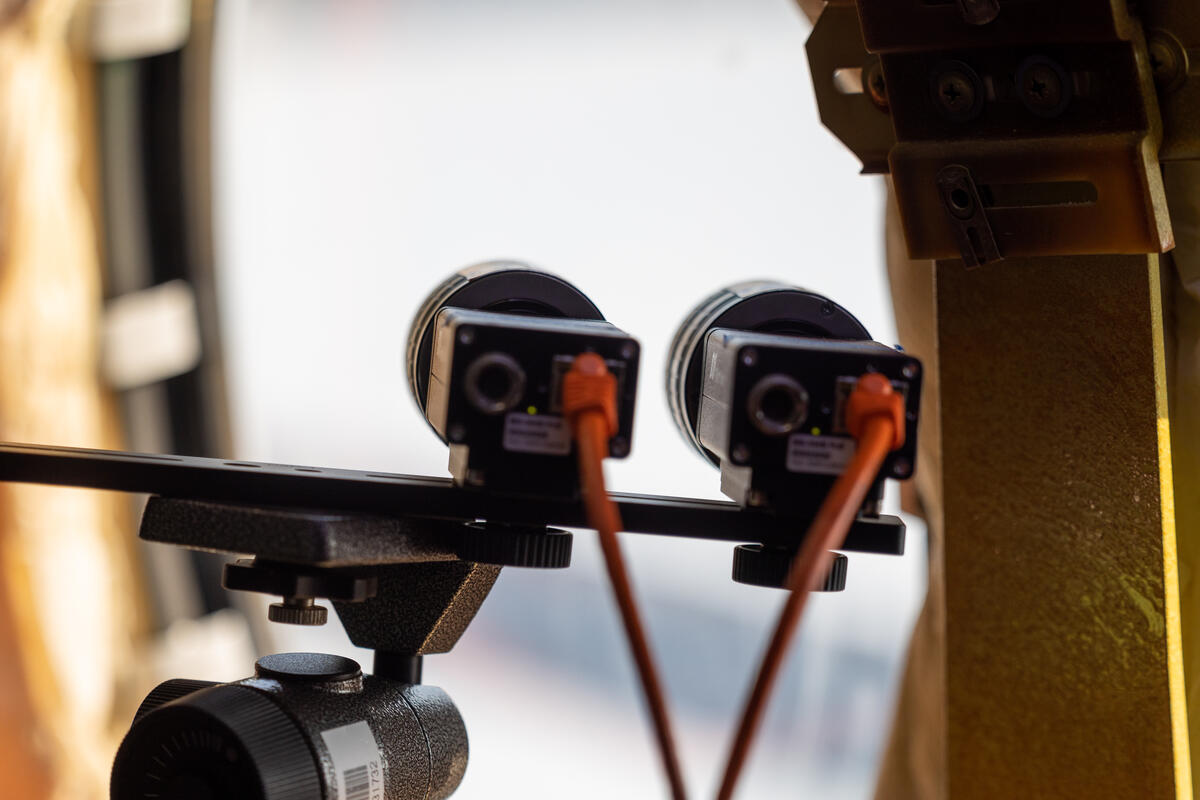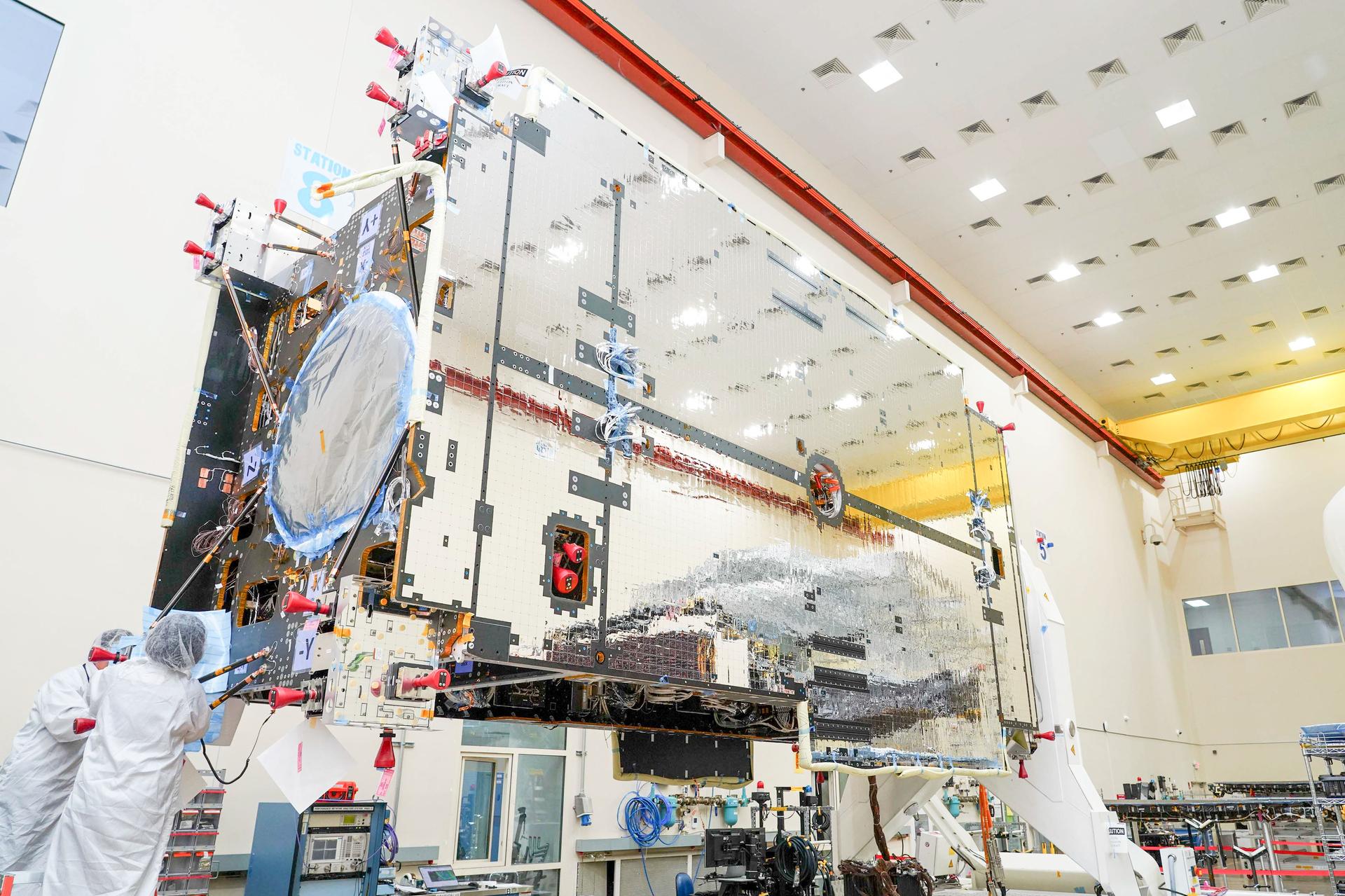For a team of NASA and industry researchers seeking to make aviation more sustainable, it’s all about the twist.
No, we’re not thinking of Chubby Checker and his signature song and dance. Instead, the focus here is on metal alloys whose molecules literally change shape when exposed to a certain temperature range.
It doesn’t bend out of shape. It doesn’t extend. It doesn’t shrink. It twists on its axis.
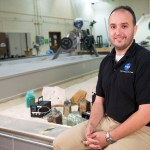
othmane benafan
Materials Research Engineer at NASA's Glenn Research Center in Cleveland
NASA and The Boeing Co. have partnered to look at how using torque from that twisting can lower or raise a part that currently doesn’t move, namely an airplane’s vortex generators (VG) – small, flat pieces of metal most often seen protruding like fins from the surface of an airplane’s wing.
The intended result: an ability to decrease drag in flight that could reduce aviation’s environmental impact and save airlines money.
NASA is working with the aerospace company to test the idea on their 2022 Boeing ecoDemonstrator aircraft – a 777-200ER. The tests are part of the Boeing ecoDemonstrator program, which takes promising technologies out of laboratories and puts them through rigorous testing in a real operational environment.
Flight tests began in late October and will continue for several more weeks.
“So far the VGs are working wonderfully, and I can’t wait to see the data and compare it to our lab testing,” Benafan said after the first flight test.
VG 101
There’s nothing new about the VGs themselves. They were first widely used on Boeing’s 707 beginning back in the late 1950s.
In what may seem counterintuitive, these VGs disturb the flow of air streaming over the aircraft. This turbulence mixes the layers of air immediately at and above the surface, causing more airflow to “stick” to the wing.
More lift is the result, which is a welcome feature during high-lift phases of a flight – takeoff, climb, approach, and landing, to be specific.
But once the airplane reaches its cruising altitude, that extra lift isn’t needed. That’s when those small fins become, well, a drag.
Until now, VGs have just been simple wedges bolted to the wing’s surface, passively doing their job – the high-lift benefits when needed outweighing the drag penalty at cruise.
“So, what if we could use this shapeshifting alloy to fold them down flat when you really don’t need them?” said Dale Hopkins, deputy manager of NASA’s Transformational Tools and Technologies project.
That capability would reduce overall drag on the airplane, meaning the engines wouldn’t have to work as hard to keep the airplane flying, saving fuel and releasing fewer emissions.
“That’s what our research is about,” Hopkins said.
SMART VG
Officially the research activity is called Shape Memory Alloy Reconfigurable Technology Vortex Generators, or SMART VG.
The heart of the technology is a pair of shape memory alloys – as described in this STEM learning activity — that Benafan and his colleagues developed, manufactured, and tested in a laboratory at Glenn for the specific purpose of being used with the VGs.
This involved finding just the right recipe of alloys to mix that would change shape within a certain temperature range, could be fashioned into a part small enough to fit within the allowable space, and still be able to generate enough torque to move the VG.
“We’ve worked with Boeing on this idea from the start. Given some basics of the device’s geometry, the temperatures, etc., we designed the alloys to match those requirements,” Benafan said.
Boeing then tested the alloys and assembled the VG hardware, which was designed with the help of the German firm Deharde.
The shape memory alloy was built into a hinge added to the VG. One end of the alloy is fixed in place while the other end of the alloy is attached to the hinge. As the alloy twists, the end attached to the hinge causes the fin to lower or raise.
“On top of all that it had to be durable and reliable enough to do its job exactly the same way each time, thousands of times, over the course of many years,” Hopkins said.
An initial concept was flight tested on the Boeing ecoDemonstrator used in 2019.
The VGs tested stayed up during takeoff and initial climb, and then folded down as the airplane ascended through the colder air at 30,000 feet. They then returned to their extended state when the airplane descended for landing.
With the basic idea successfully demonstrated, the SMART VG team of aeronautical innovators expanded on the technology’s capabilities for the 2022 campaign.
For this second generation, the team designed two different setups: one in which the VG folds down on its own as before, while the second design incorporated a heating element so the VG could be triggered to move on command from the cockpit.
This new capability will come in handy should an aircraft need to operate out of a cold weather airport where the temperature might be low enough that without the heaters the VGs would fold down.
Although flight tests on the Boeing ecoDemonstrator are going well, the SMART VG team is waiting to declare total victory until they examine all their data and compare their results with their pre-test predictions and simulations.
But optimism abounds.
It might not be too many years from now that you could be on a flight, look out your window, and see a set of VG fins on the wing folding down as you climb. And when that happens, perhaps you’ll hear a certain tune playing in your head…
“Come on baby, let’s do the twist…”































